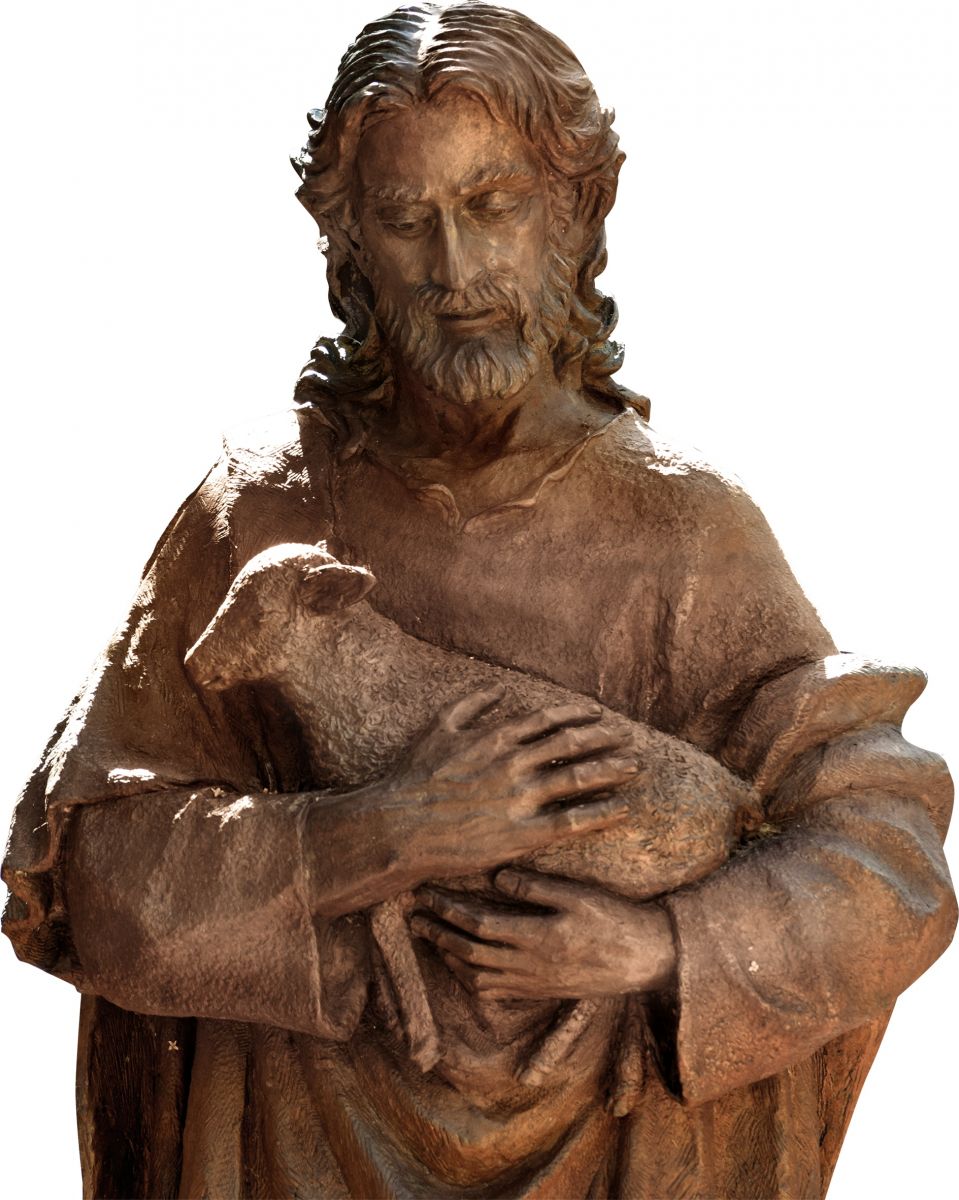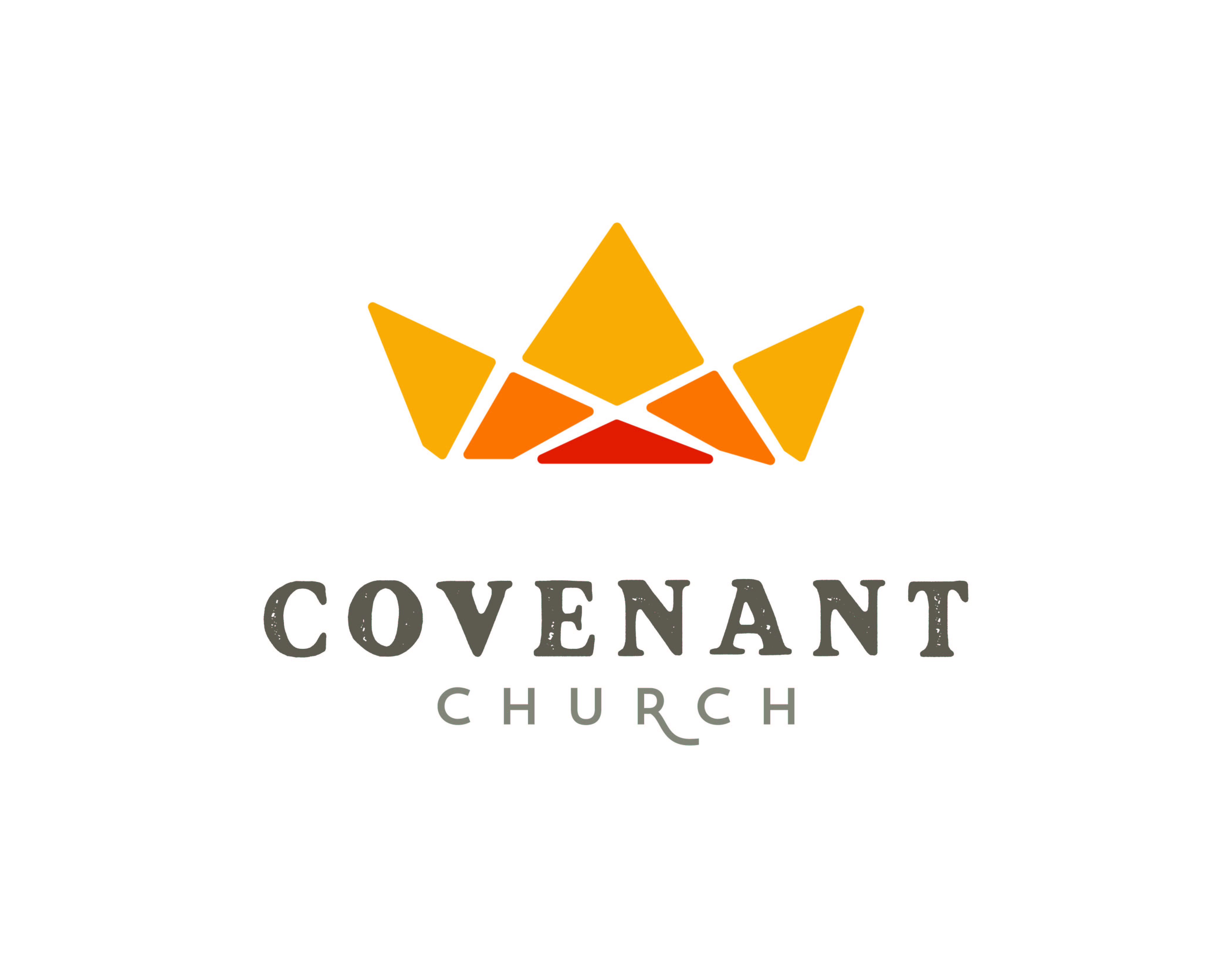
As we approach the end of the Easter season (June 9 is Pentecost), I thought it might be appropriate to connect our reading of the ancient law with the events that happened about 1,400 years later in the city of Jerusalem.
In Jesus’ day, April 14, 2019 (Palm Sunday) was the tenth day of the month of Nisan, a day known then as “Lamb Selection Day” (see Exodus 12:3). It was the day that every family selected the lamb that would be used for their Passover observance and it was the day when the National Passover Lamb would be selected and put on display. These lambs all came from the flocks in Bethlehem and would have been herded through the Sheep Gate, which was in plain view of the gate Jesus would have used. Were some of those lambs entering the city even as Jesus entered the city? When Jesus “looked around at everything” (11:11), He must have seen them being sold in the temple courts. Think of it. The Lamb of God—who was born in a Bethlehem sheep pen in the presence of shepherds and the sacrificial flocks—entered the city on Lamb Selection Day.
Mark 11:27 through 12:34 shows how, from Monday through Wednesday, the religious leaders put Jesus through a series of tests in an effort to discredit Him and show the crowds that He was faulty and in error. When the chief priests, teachers of the law and the elders couldn’t do it, the Pharisees and the Herodians, stepped in to catch Jesus in a double bind. He did not fall into their trap. The Sadducees arrived with a question that was sure to show the flaws in Jesus’ teaching. It did not. One by one they came, each one testing Jesus, examining Him to see if there was any fault in Him. They were looking for even the slightest blemish that would discredit Him and put all of His teaching in question. He addressed them all and, in the end, “no one dared ask him any more questions” (Mark 12:34).
There was another test going on in the temple courts that week. Somewhere in the vicinity the lamb chosen as the national Passover lamb was being scrutinized by those very same religious leaders. They were looking for any imperfection that would disqualify the lamb from serving as their sacrifice. None was found.
“Twilight” was the time to sacrifice the lamb (Exodus 12:6). However, we know that in Jesus’ day the lamb was sacrificed in the afternoon, extending the “hours of operation” so that priests could serve the many thousands who were bringing their lambs to the temple. As the throng filled the temple courts they were all looking forward to the trumpet blast, announcing that the sacrifice had been made. They heard the blast at 3:00pm, the very time that Jesus breathed His last (Mark 15:34-37). All those close enough to hear Jesus’ final cry were close enough to hear the trumpets too.
Leviticus 23 lists the Holy-Day Feasts that God wanted His people to observe. Did you notice that Jesus—who was born in Bethlehem (“House of Bread”) and was called the Bread of Life (John 6:35)—died on the Feast of Unleavened Bread (unleavened bread as the symbol of purity)? Did your heart jump when you saw how He was raised as the firstfruits from among the dead (1 Corinthians 15:20) on the day of Firstfruits? The Feast of Weeks comes 50 days later (we call it Pentecost). Among other things, on this day the people celebrate how God gave the Law to Moses on stone tablets. Acts 2 records that it was also on this day that God moved from the temple of stone into the temple of living stone (people) to write His law on their hearts. When Moses came down from the mountain the golden calf and pagan celebration led to the death of 3,000. How many came to faith on the day of Pentecost? You don’t need to look it up. You guessed it already—3,000 (Acts 2:41). When we step back and look at all seven feasts we find a strong connection between the feasts and Jesus’ first and second coming (but that’s for another article).
In the future, we will read about the prophecies of the Messiah and we will see just how many more “dots” can be connected. Until then, as you read keep in mind that what you are reading is more than a bunch of dusty rules and outdated stories; it is actually the introduction to the One whose offering of Himself will fulfill the sacrificial system and “forever make perfect those who are being made holy” (Hebrews 10:11-14).
Is this or is this not the most exciting stuff we could ever read! Thanks for sharing the journey with me.

Rob Eyman






